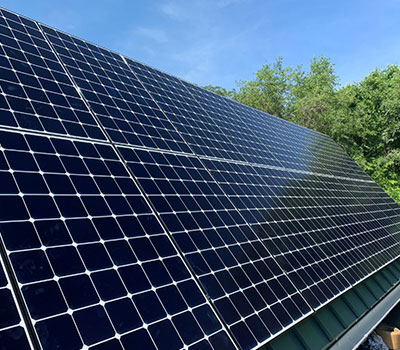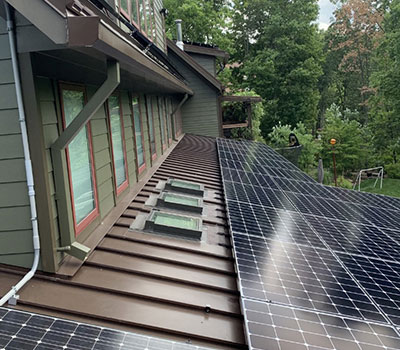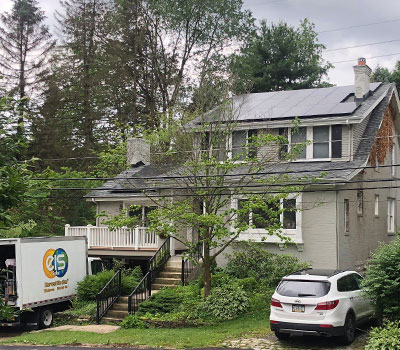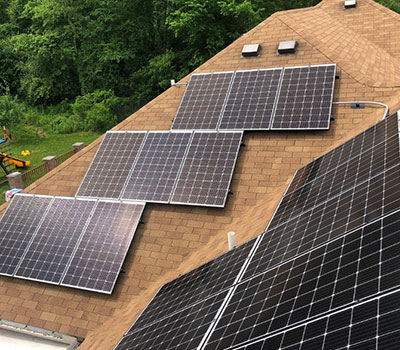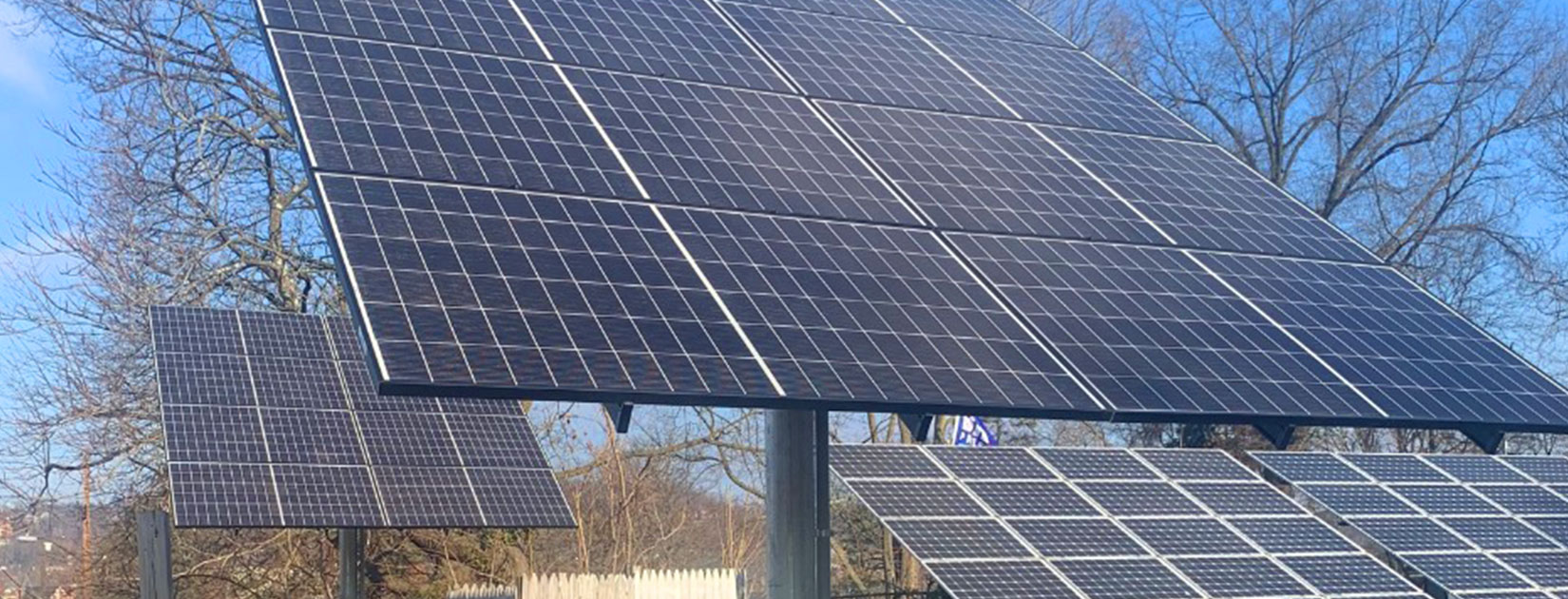
Solar Array Design
Orientation, Wire Sizes and Material Types
What direction should my array be oriented?
Solar sites and books say south. Can it face east or west? Are there times when an orientation other than south is better? The answer is yes. Your solar contractor should be able to discuss with you how they want to orient the array a specific direction and why. Often times a few degrees East of south will be better if there is heavy shading on the West for example.
What size wire should be used?
You may take this for granted and not want to get involved in system design issues, but you should ask the contractor to oversize each run. It is a very inexpensive option and can improve overall system performance. If you have several inverters, it is imperative. Multi-inverter systems act differently than single inverters. They need a significantly larger wire size to control voltage.
How do I know if my array is being optimized to give the most production?
This is difficult unless you do your homework. The first thing you must do is to choose a reputable contractor who knows what they are doing and has the experience to back it up.
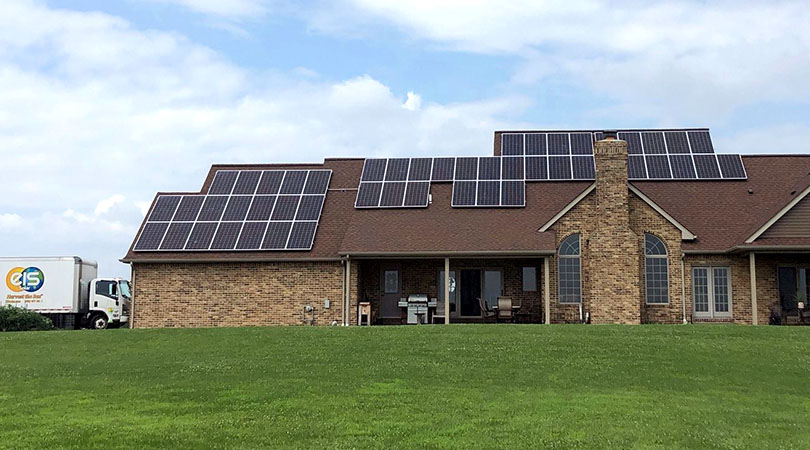
- Ask for NREL calculations.
- Ask to see the shading calculations.
- Ask what shading factor was used to determine ROI.
- Look closely at where the contractor proposes to place the array and ask questions about trees, buildings, telephone lines, ridgelines in the distance etc.
